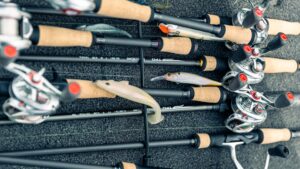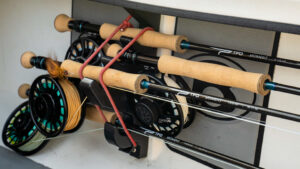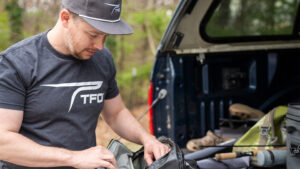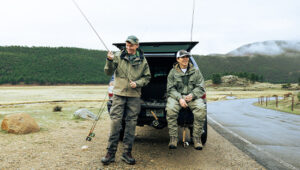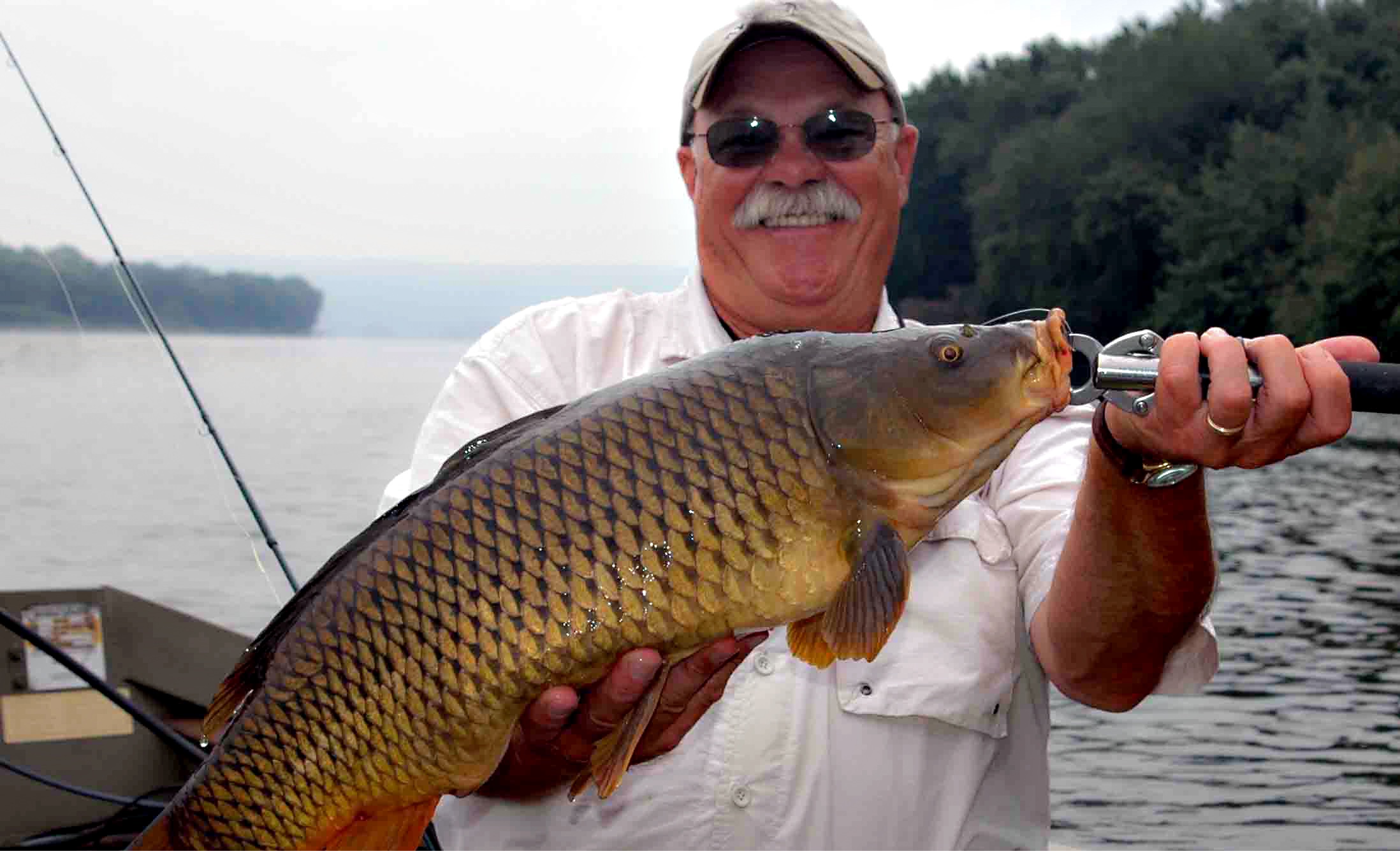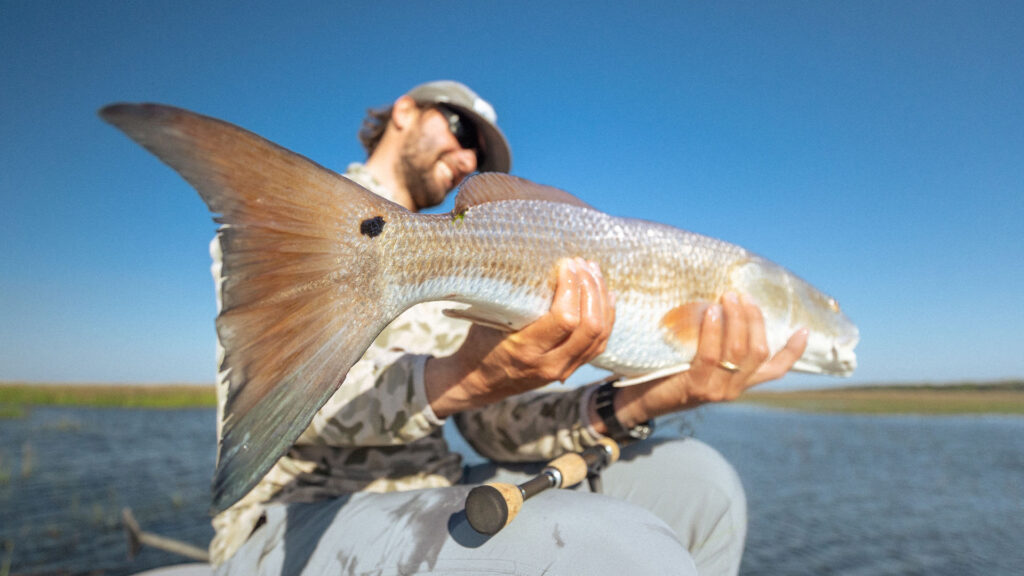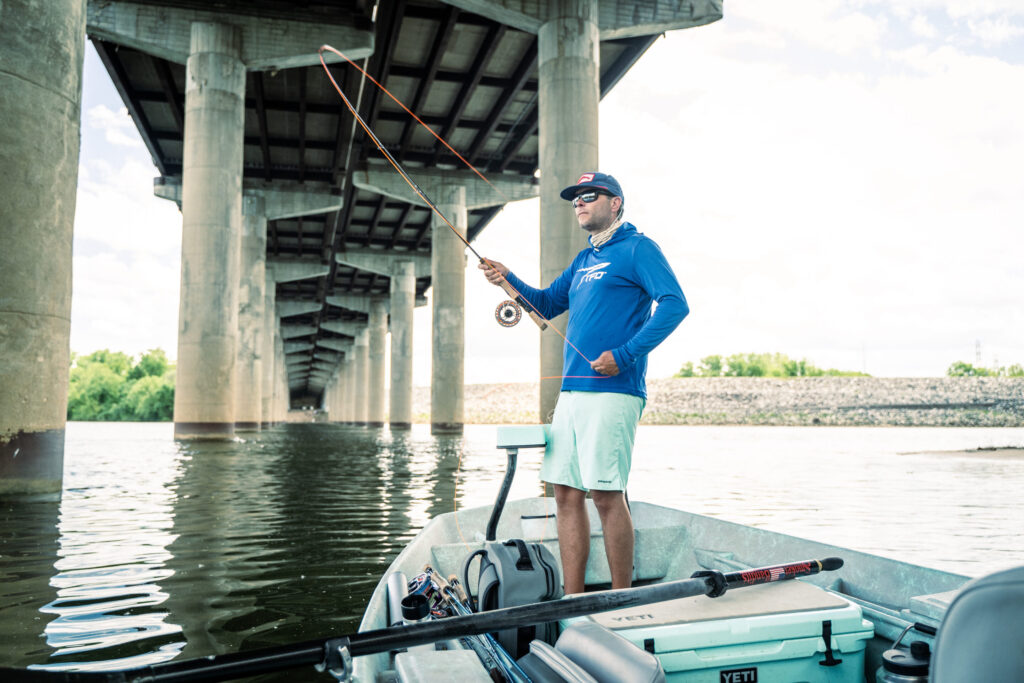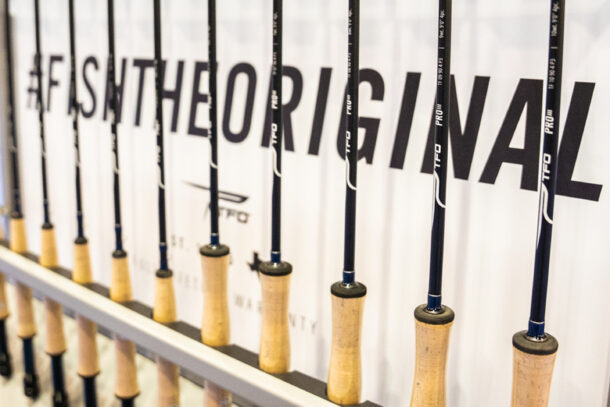Editor’s Note: I met Bob Clouser at a fly-fishing show several years ago in Crystal River, Fla. I wanted to write a story on him, but I wasn’t sure what I wanted to write about. Fortunately, Bob has ample patience and the feature turned out well. Enjoy.
Bob Clouser has a confession. He’s a carpaholic.
A battle with a bonefish? A tango with a tarpon? Perhaps. But the truth is one of angling’s most famous fly tyers would just as soon match wits with a carp.
“It’s another species of fish that teaches you something,” Clouser said. “There isn’t one species of fish out there that is the same. Each one you fish for you learn new things. I found out that carp will make your heart beat, get you all excited and pull like a freight train when you get them on a fly.”
The carp has delivered a life lesson or two for Clouser, who has thrown a fly since he was 14.
“I’ve learned that they’re pretty sly,” Clouser said. “They’re pretty sensitive to their environment. They’ve got more self-preservation (skills) than (most fish) I’ve ever fished for.”
In terms of fly-fishing popularity, the carp ranks well behind the three main species of trout — rainbow, brown and brook — and although the grass-eating fish may lack sex appeal, it wins its fair share of admirers with brains.
“People have certain things they like,” Clouser said. “They like pretty. They fall for prettiness. I fall for smartness — hard to catch.”
Fish for carp and you learn to strategize, to scheme, to outwit a thinking-man’s fish.
“There’s always something that you can do to break their habit up and find a good way to capture them,” Clouser said. “It’s all by sight, learning his moves when he takes your fly. I’ve never met a carp, on purpose, that will take your fly and run with it. I’ve caught them like that by bringing a streamer fly back. What I’m finding out is they hit that streamer when I was fishing it slow. When it stopped and hit the bottom, one of them went over and sucked it up. I was just lucky enough to tighten up at the same time he did that.”
Clouser chuckles. It’s akin, he said, to fishing for bones. You have to feed the fish.
“Every time they find something, they get pretty excited, the tail shakes, the mouth comes open and they push their head down and trap the bait between their mouth and the bottom, and they suck it in,” Clouser said. “They take your fly the same way.”
Although Clouser is known for inventing the Clouser Minnow and the Half and Half, he spent as much time on the back of the boat guiding as he did at his vise — and that’s where he learned how to fish.
“Here’s the difference between fishing and guiding: You learn by observing,” said Clouser, who lives in Middletown, Pa., a single haul away from the Susquehanna River. “Every species you fish, you learn more if you don’t fish for them. I learned by standing up there and holding that boat, watching the fly and watching the fish and watching the guys and how they fish them.”
A smallmouth, for instance, often will rely on carp to stir up forage and use its superior speed to grab an easy meal.
Stocked trout, Clouser noted, grab their prey from behind because they have teeth. The toothless bass, meanwhile, sucks in its quarry from the bottom.
“He’s spent a long time looking at fish,” said David Lambert, a master casting instructor from Jacksonville, Fla. and the author of Smart Casts. “That’s the reason his fly is so exceptional. He’s a hell of a fisherman, who approaches things scientifically.”
It’s this level of perseverance and passion for detail that led Clouser to invent the Clouser Minnow, one of the most popular patterns of all time. The impetus behind the fly was the darting movement of a jig.
Initially, Clouser used split shot, bucktail and Christmas tree tinsel on a long-shank hook. He said it wasn’t until the first lead eyes were developed in the early 1980s that the modern version of the fly was born.
“It took years of things falling together,” Clouser said.
A foxtail Clouser is his favorite smallmouth fly. His second favorite is a crayfish imitation.
Even in his 70s, Clouser still continues to tinker at his tying table while trying to come up with new patterns or making a classic fly better. His advice: Prepare for a lot of trial and error.
“If you’re developing flies, you better have a trash can next to your vise,” Clouser said.
And if you’re on the water, pay attention.
“Every day is different,” Clouser said. “Watch the fish. Let the fish tell you what to do.”
Advice that any angler could use.
Any suggestions or tips on carp fishing? Let us know with your comments below.
